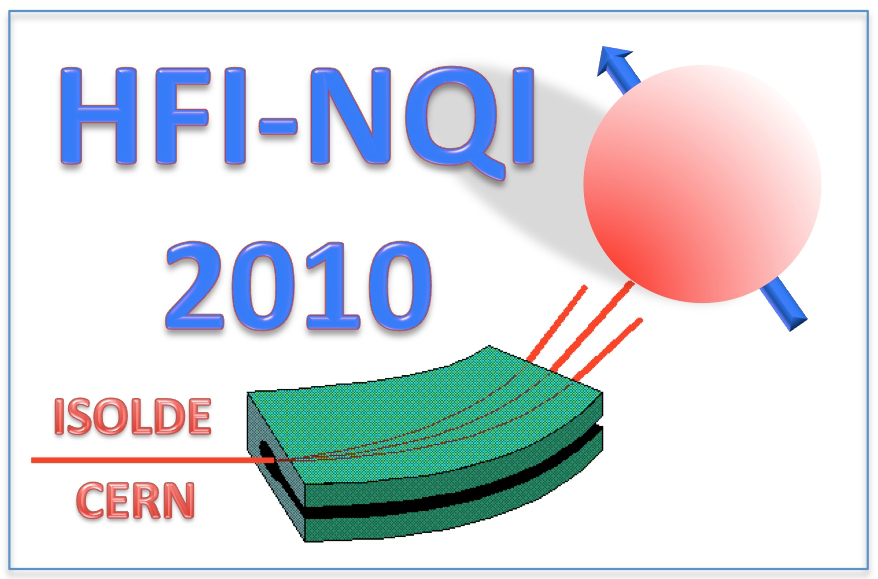Speaker
Prof.
Wilfried Noertershaeuser
(Universität Mainz)
Description
Optical spectroscopy is known to provide very accurate and model-independent data on spins, electromagnetic moments and charge radii of nuclear ground states. Collinear laser spectroscopy is long known to be a general technique, applicable to a large variety of elements, but was also developed continuously towards higher sensitivity and/or accuracy to scope with even more exotic species. At COLLAPS, the collinear laser spectroscopy setup at ISOLDE, we have applied a frequency-comb based technique to measure the charge radii of the beryllium isotopes including the one-neutron halo nucleus Be-11. Here, high accuracy was required and uncertainties in high voltage calibrations had to be eliminated by simultaneous spectroscopy in collinear and anti-collinear geometry. ISCOOL, a radio-frequency cooler and buncher came recently into operation and was for the first time applied at ISOLDE for the spectroscopy of copper and gallium isotopes and increased sensitivity by orders of magnitude. The isotope chains of both isotopes offered surprises concerning the spin values of the neutron-rich isotopes. Moreover, a new technique combining optical pumping and ß-asymmetry detection was applied for isotope shift shift measurements of Mg isotopes. In this way we were able to cover the chain of Mg isotopes across the complete sd shell to study the nuclear shape development during the transition into the island of inversion. In my talk I will present these methodological developments and the outstanding results that were obtained with these techniques at the COLLAPS experiment.
| Are you a student, a delegate from developing countries or a participant with physical needs and would like to apply for a sponsored accomodation. Please answer with yes or no. | no |
|---|
Author
Prof.
Wilfried Noertershaeuser
(Universität Mainz)
